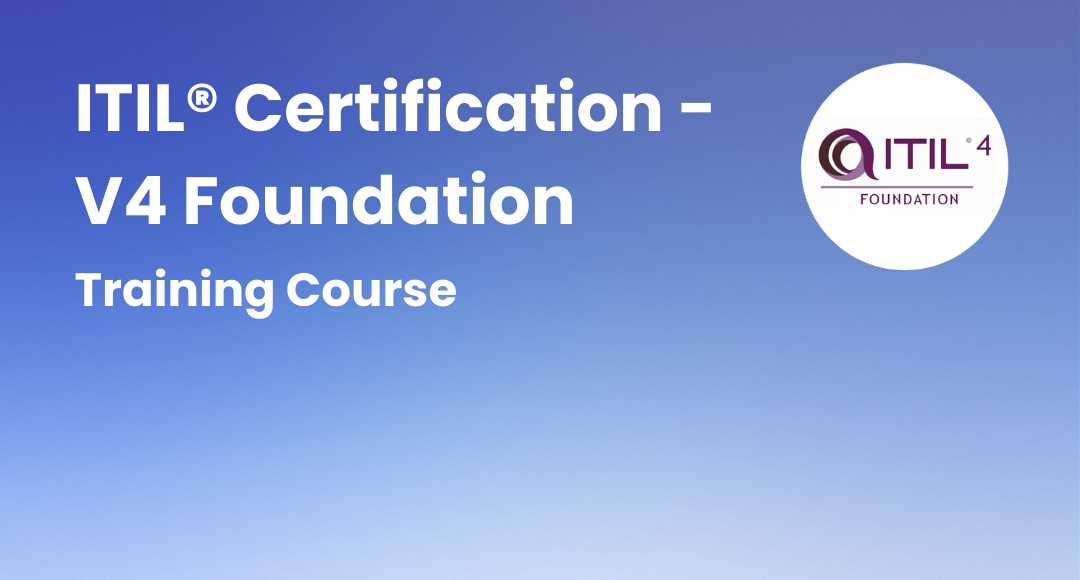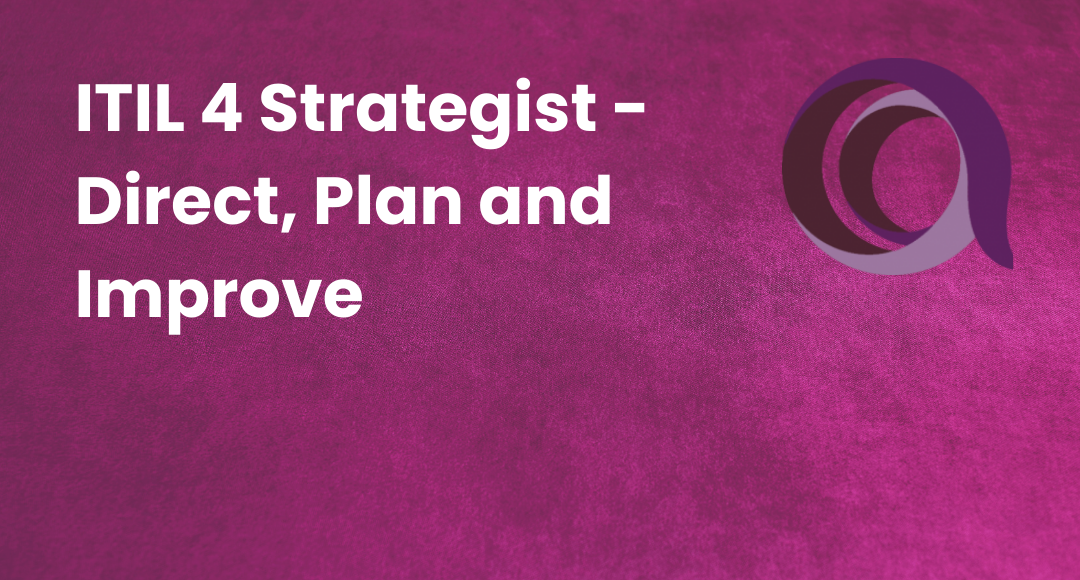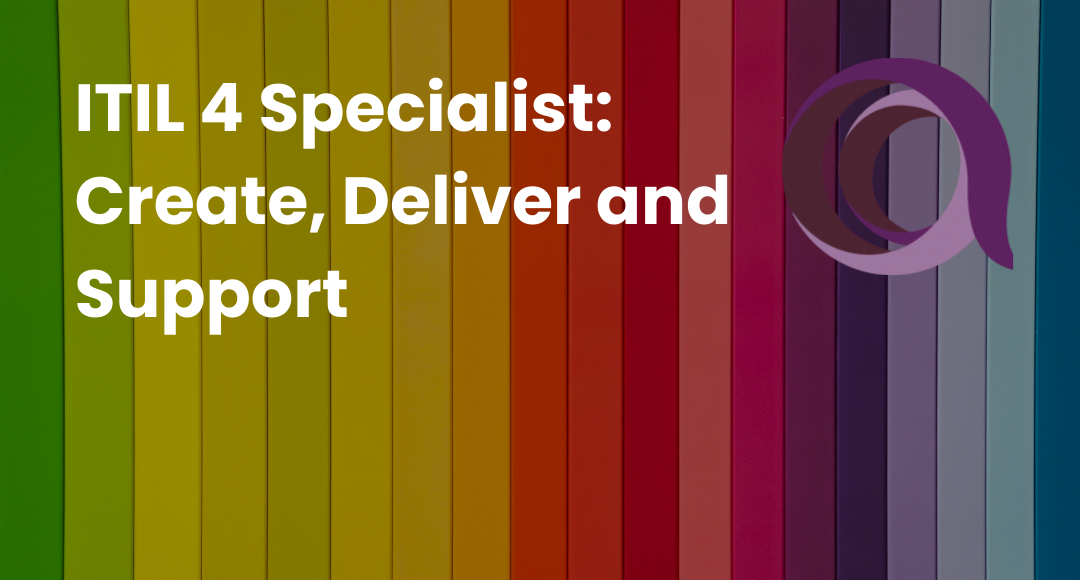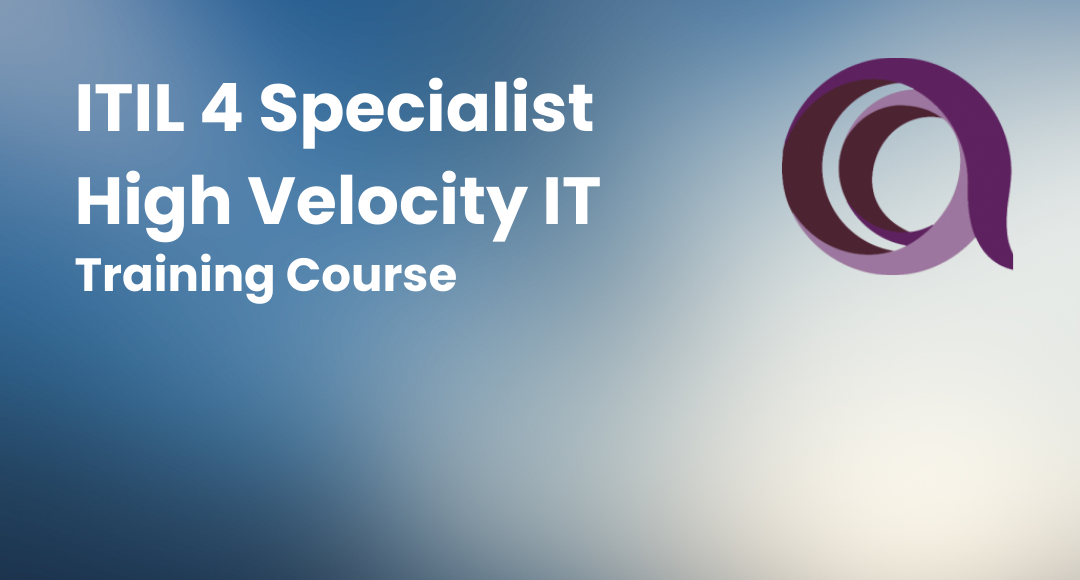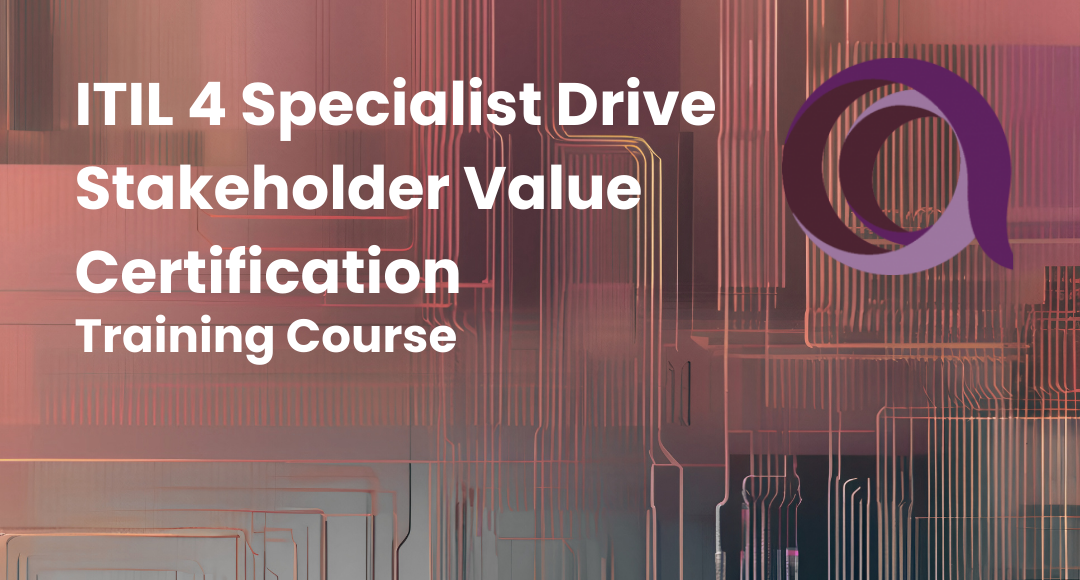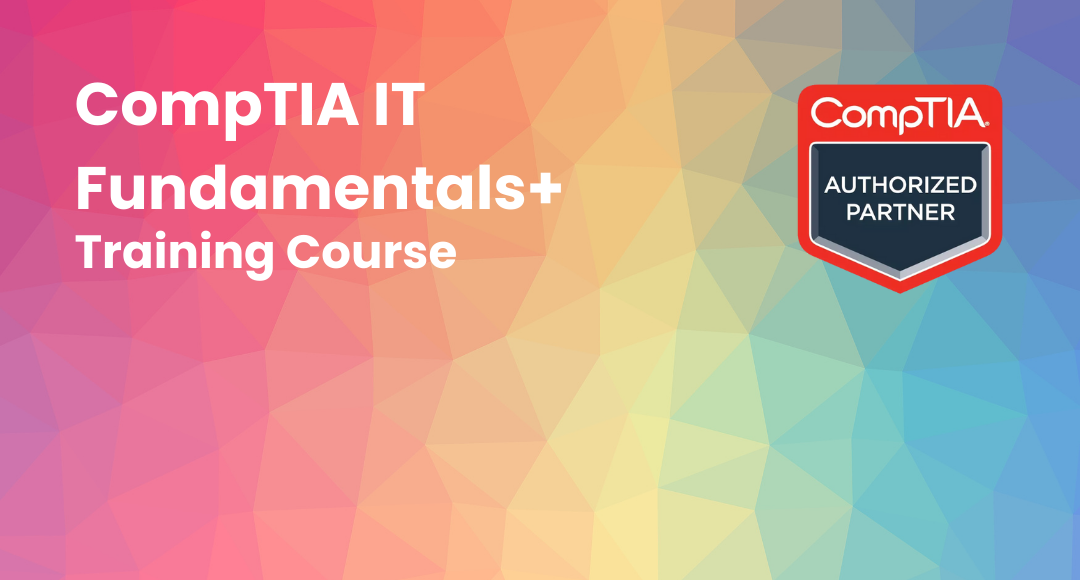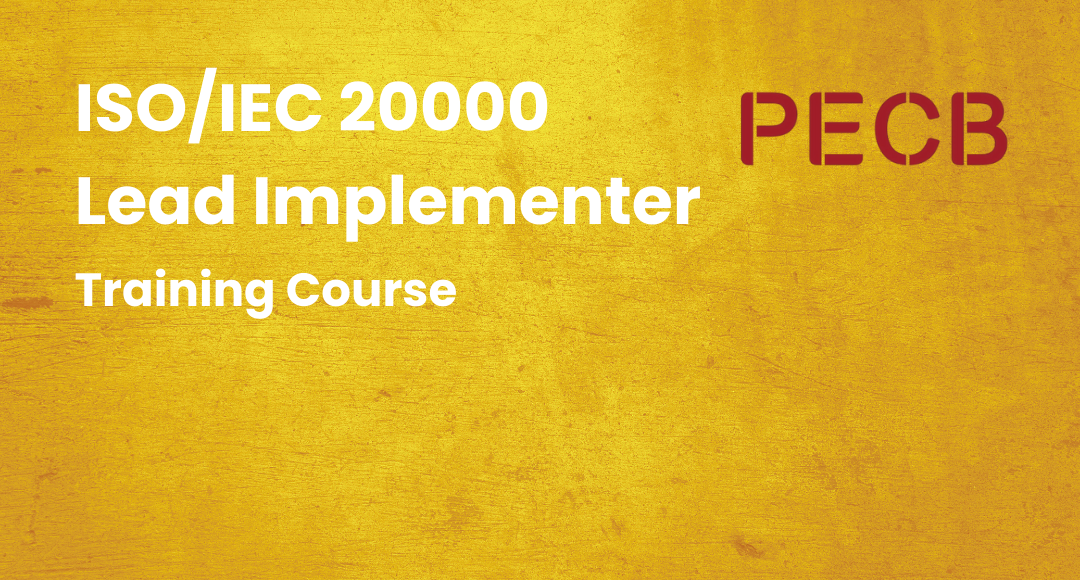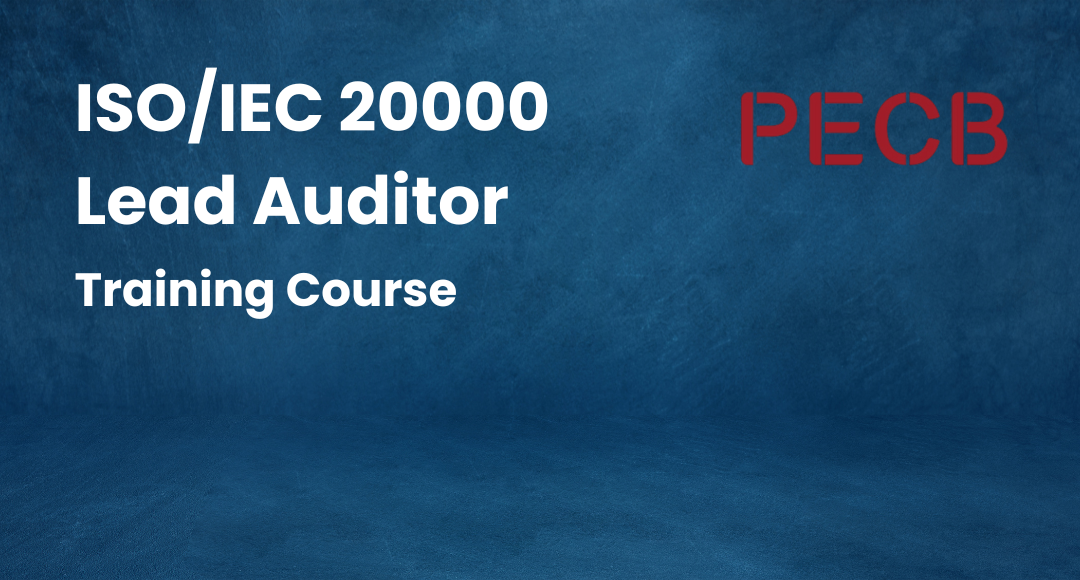Top 6 ITSM best practices
-
 By Sushmith
By Sushmith - Published on Dec 22 2023

Table of Contents
Introduction
ITSM (information technology service management) is a process of activities performed by IT professionals and organizations to design and control all the IT services offered to customers. Understanding ITSM practices helps IT professionals monitor the organization's operations and help improve their efficiency.
In the realm of IT, the implementation of IT Service Management (ITSM) practices, guided by the ITIL framework, yields tangible benefits. Statistical evidence underscores improved operational efficiency, a proven reduction in downtime, and heightened customer satisfaction. In essence, integrating ITSM best practices, particularly under the ITIL framework, is instrumental in optimizing IT operations and enhancing overall customer experience.
The incorporation of ITSM practices into an organization's IT infrastructure aids in the development of overall business performance. To make this happen, organizations seek experienced individuals holding certifications as proof of having the necessary skillsets required to manage all the implementations.
These practices can be applied to specific tasks of a service that is being developed and delivered by an organization. Hence, utilizing and applying these practices also depends on the service being delivered. As you might have understood, ITSM is the kind of process that helps deliver IT to businesses as a service, while ITIL is a set of practices that describe the implementation of ITSM in an organization.
ITSM best practices
Implementation of these practices in organizations and businesses is a very difficult task. In order to make the ITSM implementation process a success, ITSM professionals get together with the board members and directors to discuss the implementation. The decision-making process solely depends on the opinions discussed in the board meeting with the directors.
The sole objective of ITSM is to help organizations enable practices that help them resolve IT-related issues more quickly and effectively. It does not only work with resolving day-to-day issues but also works on designing, delivering, and managing the ITSM processes together with managing the IT Service Lifecycle.
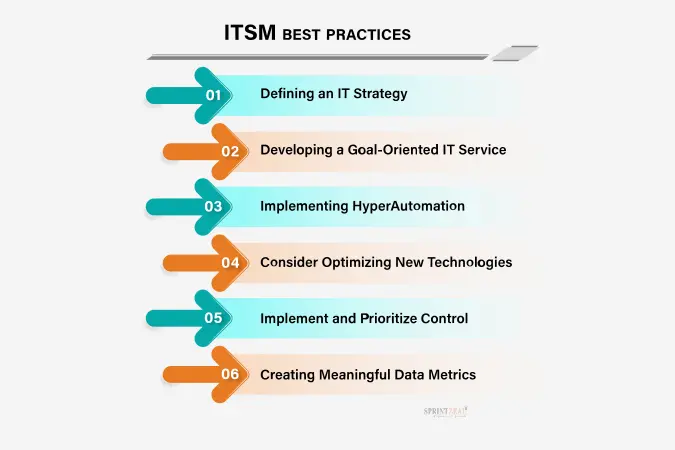
The following are a few key practices to remember for implementing the ITSM framework:
– Defining an IT Strategy
Building and developing an IT strategy for any IT framework provides a brief roadmap to the organization’s ITSM implementation. The development of a strategy also includes improvements for the implementation phase. One must practice maintaining a systematic approach for managing the ITSM implementation process.
The three main domains in IT service management, front-end IT, middle IT, and back-end IT—should all be covered while designing a roadmap strategy.
An example could be aligning the strategy with ITIL, ensuring comprehensive coverage.
– Developing a Goal-Oriented IT Service
Service management helps businesses take advantage of the advanced technologies and transform all their networking operations into digital technologies. To do so, technologies must, in addition to being very efficient, be very objectively oriented towards the business goals and objectives.
It is important to study and understand how the services are delivered and how the customers interact with technology. This helps the organization to clearly understand the best way to design and develop TI service management strategies that work for the business and the customers.
An example might involve leveraging ITIL to align services with specific business objectives.
– Implementing HyperAutomation
A common ITSM trend called Hyper-automation is a combination of a variety of automation activities and capabilities to perform tasks that would often require human involvement. In the ITSM domain, hyper-automation is more focused on delivering insights from the IT framework environment and user behavior.
Real-time insight generation works as a continuous intelligence streaming, which can be applied to all of the ITSM organization's subset areas.
An example could be using hyper-automation tools to streamline incident response processes.
Read about Hyperautomation here…
What is Hyperautomation? Why is it important?
– Consider Optimizing New Technologies
Organizations expect immediate results after investing in new technologies. IT professionals prefer using the technology as it was served or generated, since customizing it might result in complexity. Optimizing these technologies provides flexibility in delivering solutions and eliminates bugs.
Since solution delivery varies from organization to organization, it is important to clearly customize, optimize, or configure these technologies to meet the requirements. IT professionals make sure to deliver a positive impact to the business through all ITSM technology investments made by the organization.
For instance, optimizing a newly implemented ITSM tool to suit the organization's unique service delivery needs.
– Implement and Prioritize Control
Organizations with limited funds and resources frequently undervalue the value of investing in governance-related issues. Yet, insufficient governance results in differences across the intended ITSM frameworks. Users tend to ignore organizational regulations in order to adopt new tools and solutions, and the only two reasons for this are convenience and easier access to technology.
Similar to other service management domains, governance is also viewed as a cost center rather than a profit center. But it's crucial to understand how governance functions within ITSM, particularly how the balance between accountability and leverage may provide ITSM users with more authority.
An example could involve implementing ITIL practices to establish a governance framework that aligns with organizational goals.
– Creating Meaningful Data Metrics
Despite the abundant availability of data for ITSM professionals to analyze, it only offers data that is useful for understanding the organization's current IT services and procedures. By examining which software, networks, and hardware are utilized by the company and how they are utilized, the ITSM specialists can generate insights and helpful metrics to aid them in the implementation process.
An example might involve using data analytics tools to derive actionable insights for optimizing ITSM processes.
ITSM software and tools
IT specialists may strategically approach organizational change, transformation, and growth with the help of ITSM software, which helps them align with business needs. ITSM software tools come in a wide range, from platform services to standalone apps, and are readily available on the market.
Various ITSM processes frequently use different ITSM tools. Modular tools erect obstacles, isolate individuals, and foster a lack of sight amongst teams. Conventional ITSM systems are frequently challenging to deploy and administer, and end users steer clear of unintuitive technologies, which results in inadequate or nonexistent self-service ITSM capabilities.
An average service desk monitors problems and service requests as well as user communications. Other ITSM processes ought to be managed in part by the service desk. Given that the service desk is the cornerstone of ITSM, it is crucial to select the best software for your firm. The customer-IT team communication channel will be the service desk. The service desk is "the single point of interaction between the service provider and the users," according to ITIL.

ITSM tool requirements:
Selecting the right tool is crucial. This brief overview will highlight key requirements, emphasizing the need for user-friendly interfaces, collaborative capabilities, and adaptability. These essential features empower organizations to seek assistance seamlessly, enhance cross-functional collaboration, and effortlessly adapt to the evolving needs of their IT teams.
– Easy to use and setup - comes with a simple, user-friendly self-service interface that makes it simple to ask for assistance, look for information, and monitor the status of issues.
– Enables collaboration - enables cross-functional teams and developers to collaborate on a platform to solve problems more quickly.
– Adapts to your needs - is adaptable enough to accommodate any change, escalation, or resolution procedure that your IT teams may devise.
Conclusion
The integration of ITSM practices into an organization's IT infrastructure aids in the improvement of overall business performance. These procedures may be used to carry out particular duties associated with a service that an organization is creating and providing. As a result, making use of and employing these techniques depends on the service being provided.
The basic objective of IT service management is to help firms put policies in place that allow them to handle IT-related issues more quickly and proficiently. Many ITSM software packages are easily accessible on the market and come in a large variety of platform services. It is critical to choose the appropriate software product for your company because the service desk is the foundation of ITSM.
To understand more about the implementation and application principles of ITSM best practices, enroll now in Sprintzeal’s ITIL 4 Managing Professional Transition Certification and get professionally certified. Do visit Sprintzeal’s all courses page to explore more courses to land in your desired profession.
Subscribe to our Newsletters
Popular Programs
ITIL 4 Strategist – Direct, Plan And Improve
Live Virtual Training
- 4.8 (350 + Ratings)
- 64k + Learners
ITIL 4 Specialist: Create, Deliver and Support
Live Virtual Training
- 5 (74 + Ratings)
- 33k + Learners
ITIL 4 Specialist Drive Stakeholder Value Certification
Live Virtual Training
- 4.1 (82 + Ratings)
- 68k + Learners
Trending Posts
ServiceNow - What is it, Fundamentals And Features
Last updated on Dec 22 2022
How to become a certified ITIL Expert in 2024
Last updated on May 23 2023
A Guide to Enterprise Asset Management
Last updated on Jan 12 2024
Top Incident Manager Interview Questions and Answers 2024
Last updated on Oct 16 2024
ESM vs ITSM - Key Differences Explained
Last updated on Dec 20 2023
ITIL Strategist Certification Overview And Career Path
Last updated on Jan 17 2023
Categories
- Other 66
- Agile Management 58
- Cloud Computing 51
- Project Management 170
- Big Data 58
- Business Management 82
- Digital Marketing 73
- IT Service Management 29
- Programming Language 50
- AI and Machine Learning 68
- IT Security 110
- Quality Management 77
- IT Hardware and Networking 25
- Microsoft Program 4
- Workplace Skill Building 12
- Risk Management 9
- Information Security 8
- Leadership and Management 7
- Corporate Training and Development 1
Trending Now
ITIL Framework and Certifications Guide 2024
ArticleTop 25 ITIL Interview Questions and Answers in 2025
ArticleWhat is ITIL – Information Technology Infrastructure Library jobs and Certification Benefits
ArticleHow to become a certified ITIL Expert in 2024
ArticleIs ITIL a fit for your organization's culture?
ArticleITIL Framework Explained (Updated)
ArticleTOP 10 BENEFITS OF TOGAF CERTIFICATION IN ENTERPRISE ARCHITECTURE
ArticleThe Importance of ITIL certification and scope for career growth
ArticleITIL Certification Levels and Job Scope
ArticleWell Explained : The IT Service Management and ITSM Design, Concepts and its Benefits
ArticleAll about ITIL 4 practices – Updates, Service Types and Benefits
ArticleITIL Strategist Certification Overview And Career Path
ArticleEnterprise Architect Interview Questions and Answers 2025
ArticleMost Asked Release Manager Interview Questions and Answers 2025
ArticleHow to Become a Release Manager
ArticleITIL Processes List – 26 ITIL Processes and 5 ITIL Service Lifecycle Stages
ArticleAxelos and TSO launch MSP Foundation app
ArticleITIL Problem Management Guide for Beginners
ArticleITIL Guiding Principles Explained
ArticleWhat is ServiceNow - A Beginner's Guide
ArticleServiceNow - What is it, Fundamentals And Features
ArticleA Guide to Enterprise Asset Management
ArticleTop 5 IT Service Management Tools in 2024
ArticleService Value System in ITIL 4 Explained in Detail
ArticleThe ITIL 4 Service Desk Guide – Importance and Types
ArticleWhat Is IT Mapping?—An Essential Guide
ArticleESM vs ITSM - Key Differences Explained
ArticleTop Incident Manager Interview Questions and Answers 2024
Article
